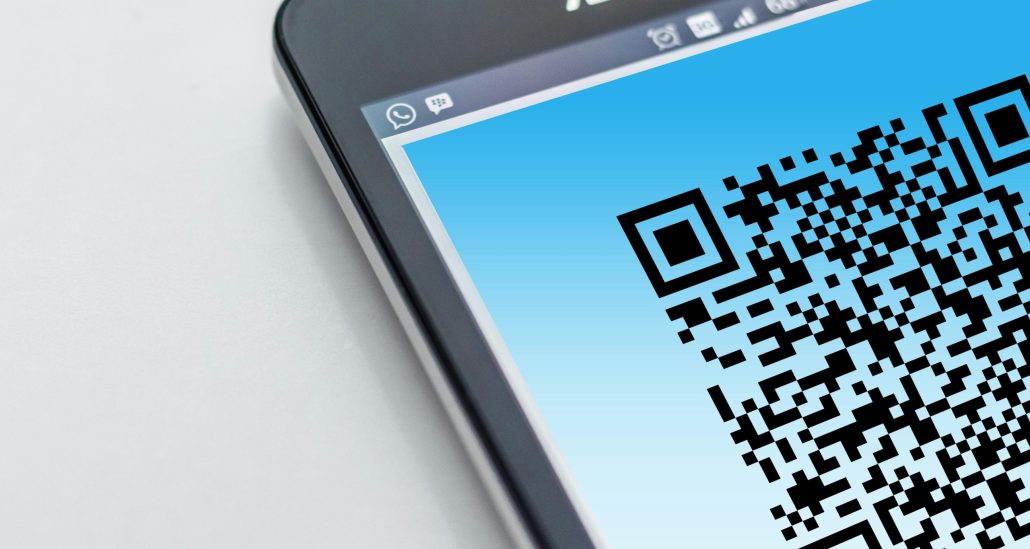In an age where mobile devices have become indispensable, they’ve also transformed into irresistible targets for cybercriminals. Threat actors are constantly devising innovative ways to exploit vulnerabilities and steal personal or corporate data. Mobile users—whether tech enthusiasts or casual browsers—must navigate a landscape teeming with threats like phishing, quishing, Man-in-the-Middle (MITM) attacks, and more.
We will try to unpack some of the most pressing mobile device threats and provides practical strategies to ensure your safety in the digital world here in the Philippines and everywhere else.
1. Phishing: The Persistent Digital Trap
Phishing remains one of the most prevalent and successful attack vectors. While many recognize phishing in the context of email, mobile users also face tailored threats like smishing (SMS phishing), where text messages mimic trusted entities to extract sensitive information.
Why Mobile Devices are Vulnerable:
Mobile screens are smaller, making it harder to spot red flags like spelling errors, misleading URLs, or suspicious sender details. Additionally, mobile users often operate on the go, where convenience can override caution.
Accessing emails anywhere provides convenience to any user which is exploited by cyber criminals and alike. The more you “react” to certain pictures, and demands from your email accounts leave you vulnerable to phishing attacks.
What to Look Out For:
- Unexpected text messages or emails asking for urgent action.
- Links that don’t match the organization’s domain.
- Messages promising rewards (e.g., “You’ve won a free gift!”) or threats (e.g., “Your account has been suspended”).
How to Protect Yourself:
- Avoid clicking on links in unsolicited messages; verify legitimacy directly on official websites.
- Always from the EMAIL HEADER as to who sent the email
- Enable email filters or install anti-phishing tools on your device.
- Familiarize yourself with common phishing tactics to identify scams quickly.
2. Quishing: The QR Code Exploitation
 Quishing (QR code phishing) has gained traction as QR codes become a convenient way to link users to websites or perform actions. However, malicious actors leverage the opacity of QR codes to obscure harmful destinations.
Quishing (QR code phishing) has gained traction as QR codes become a convenient way to link users to websites or perform actions. However, malicious actors leverage the opacity of QR codes to obscure harmful destinations.
Most banking apps today are accustomed to just scanning QR codes to send payments and most merchants display QR codes to receive payment. The circle of trust when not checked carefully can lead to loopholes where attacks can come into play. Combine it with urgency – there goes your secure access data.
A lot of these occur in the Philippines where people can tricked into opening QR codes that leads to malware sites hence being more vigilant with the people you transact with is always warranted.
Why Quishing is Effective:
Users cannot see the embedded URL or command when scanning a QR code, making it easy for attackers to lure them into fraudulent websites or trigger malware downloads.
What to Look Out For:
- QR codes in unexpected or unusual contexts (e.g., pasted on top of a legitimate flyer or poster).
- Scanned URLs that don’t align with the organization advertised on the QR code.
How to Protect Yourself:
- Use QR code readers with security features that preview URLs before redirecting you.
- Manually type in the URL if you’re unsure of the QR code’s legitimacy.
- Be cautious with QR codes delivered through messaging apps, email, or other electronic mediums.
3. Smishing and Vishing: Tailoring Social Engineering for Mobile
While phishing may occur across various platforms, mobile devices face targeted attacks such as smishing (via text messages) and vishing (via phone calls). These social engineering tactics manipulate users into revealing sensitive data.
How They Work:
- Smishing: SMS messages often appear from trusted brands or contacts and include urgent language to prompt immediate action.
- Vishing: Attackers make phone calls impersonating reputable entities (e.g., banks or technical support) to solicit private information or payment.
What to Look Out For:
- Hyperlink-laden text messages or instructions to call unverified numbers.
- Calls that pressure you into providing account numbers, OTPs, or PINs.
How to Protect Yourself:
- Never provide confidential data over the phone unless you’re sure of the caller’s authenticity.
- Avoid clicking on links or calling numbers from messages you weren’t expecting.
4. Man-in-the-Middle (MITM) Attacks: A Subtle and Dangerous Interception
A Man-in-the-Middle (MITM) attack occurs when a threat actor intercepts communications between your mobile device and a service (e.g., a website, app, or server). This enables attackers to eavesdrop on sensitive information or alter transmitted data.
How MITM Attacks Work:
- Public Wi-Fi Networks: Cybercriminals set up rogue Wi-Fi hotspots to intercept traffic from unsuspecting users.
- Mobile Network Spoofing: Tools like IMSI catchers (fake cell towers) trick mobile devices into connecting to malicious networks. Once connected, attackers monitor and manipulate data, such as login credentials or SMS verification codes.
Why Mobile Devices are Vulnerable: Mobile users often connect to unsecured public Wi-Fi networks, such as in cafes, airports, or hotels. Additionally, the underlying network infrastructure of mobile communications isn’t foolproof against sophisticated spoofing tools.
What to Look Out For:
- Unfamiliar Wi-Fi hotspots with enticing names like “Free Airport Wi-Fi.”
- Sudden signal drops and unstable connections, indicating possible network interception.
- Calls or messages from unknown numbers, often posing as telecom operators or financial institutions.
How to Protect Yourself:
- Public Wi-Fi Precautions: Use a VPN when accessing unsecured networks. Better yet, avoid public Wi-Fi for tasks involving sensitive information.
- Enable HTTPS-Only Mode: Ensure you’re visiting secure websites with HTTPS (check for the padlock icon in the address bar).
- Switch off Auto-Connect: Disable Wi-Fi and Bluetooth auto-connect features to prevent unintentional connections to rogue devices or hotspots.
5. Network Operator Impersonation
Advanced attackers may pose as legitimate mobile network operators using tools like IMSI catchers or femtocells to hijack calls, SMS, or mobile data.
How it Works:
- Attackers mimic cell towers and force nearby mobile devices to connect.
- They capture communication, which could include sensitive authentication information such as OTPs or financial transaction confirmations.
How to Protect Yourself:
- Regularly update your SIM card technology; newer eSIMs are harder to clone or manipulate.
- Monitor unusual patterns, such as unexplained signal changes or duplicated charges from mobile operators.
- Use encrypted messaging apps for sensitive conversations.
6. Practical Tips to Fortify Mobile Device Security
Implement these actionable tips to ensure your mobile device and data remain secure against evolving threat actors:
- Keep Your Device and Apps Updated: Software updates patch vulnerabilities that could otherwise be exploited.
- Use Multi-Factor Authentication (MFA): MFA adds an additional layer of security, making it harder for attackers to access your accounts.
- Be Cautious with Permissions: Only download apps from trusted sources, such as official app stores, and limit permissions to what the app truly needs.
- Invest in Mobile Security Apps: Install a reputable security app to detect malware, phishing, and other threats proactively.
- Use a reliable VPN: always use and connect through your trusted VPN whenever you are in public. You never know who is sniffing around for your data and if accidentally you pass on plain text information then data is gathered for either data mining or further mal-activity.
- Stay Vigilant with Personal Information: Be wary of messages, calls, or codes requesting sensitive details.
- Monitor Your Network: Use network security tools to identify unusual connections or rogue devices.
Mobile devices are attractive targets for cybercriminals due to their pervasiveness and versatility. By understanding the tactics used by threat actors—including phishing, quishing, MITM attacks, and operator impersonation—you can defend against their attempts to compromise your data. Proactive security measures and continuous awareness are the keys to enjoying the convenience of mobile devices without falling victim to cyber threats.
Stay informed, stay cautious, and safeguard your mobile world.

